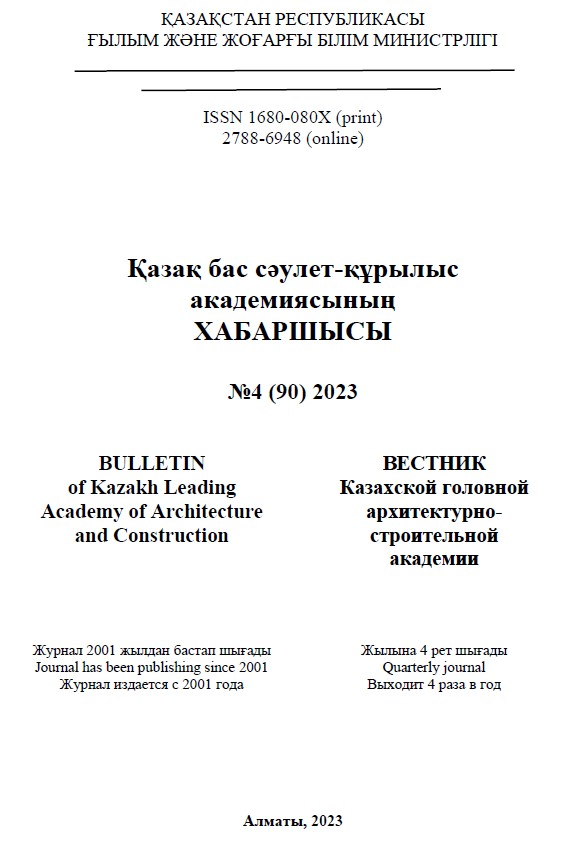Аннотация
Abstract. The purpose of this article is to present a methodology for determining sufficiency of the wall thickness to protect patients from the non-therapeutic effects of a medical source of ionizing radiation and calculating its increase in a way alternative to the use of the Monte Carlo method. The article is based on a case with a specific source of 18F activity of 4 Сi in a tungsten container with a wall thickness of 29.5 mm, which are used in the Center of Nuclear Medicine of the Republic of Kazakhstan. The objectives of the study are the following: calculation of the exposure dose rate from a radionuclide source of certain activity; calculation of the multiplicity of the dose attenuation rate to ensure human safety and establishing the necessary thickness of protection from the opted building material. The results of these calculations may differ depending on the method of direct and reverse recalculation of various radiation doses units, and therefore the conclusion suggests the most optimal of them in terms of physical efficiency, economic feasibility and regulatory performance. Operational dosimetry solves the problem of implementing the ALARA principle, problems of optimizing radiation safety are solved. Reducing the dose load on a person is achieved by reducing the operating time, increasing the distance to the radiation source and using a protective screen. The article describes the choice of protective material and its thickness for protection against radionuclide sources.


